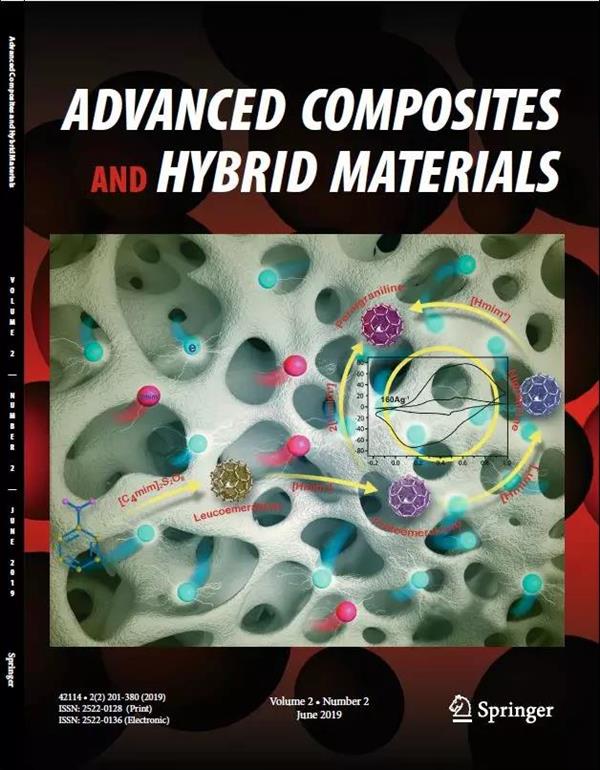Additive manufacturing of continuous carbon fiber reinforced polymer composites using materials extrusion process. Mechanical properties, process parameters, fracture analysis, challenges, and future prospect. A review
Abstract
Additive manufacturing (AM) is an advanced and sustainable manufacturing process to make functional parts from various materials. Fused deposition modeling (FDM) is the most widely used material extrusion (ME) additive manufacturing process to create composites using continuous fiber reinforced polymers composite with improved mechanical properties and complex geometrical shapes compared to traditional manufacturing techniques. This study provides a thorough examination of the advancements and state-of-the-art developments in continuous carbon fiber (CCF) reinforced thermoplastic composite materials, focusing on their processing and fabrication through the ME method. The research delves into the critical step of pre-impregnating CCF before the manufacturing process, assessing its impact on enhancing the mechanical properties of the composites. Furthermore, the study explores how varying printing process parameters can influence the overall mechanical performance of the produced composites. The development of innovative cellular structures incorporating continuous fiber, alongside an analysis of fracture mechanics within these materials, is also presented. Additionally, this review addresses the current technological challenges that limit the broader application of these advanced materials and proposes potential future directions for research and development. This comprehensive overview aims to illuminate the significant potential of CCF reinforced thermoplastic composites in transforming manufacturing processes and to inspire further exploration in this promising field.

 求助内容:
求助内容: 应助结果提醒方式:
应助结果提醒方式:


